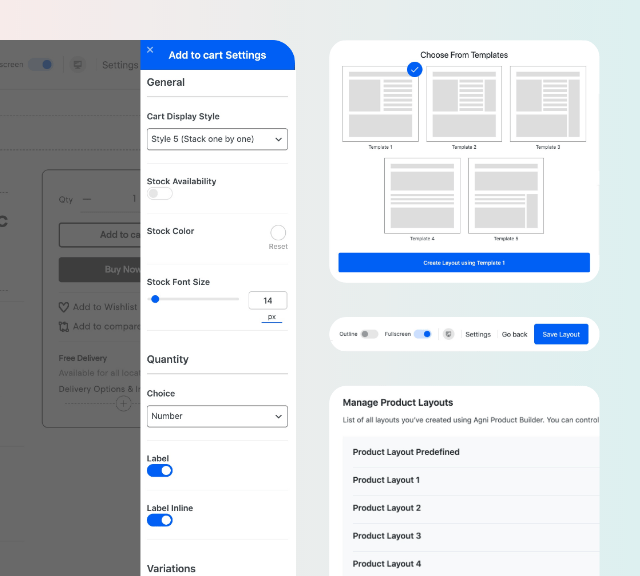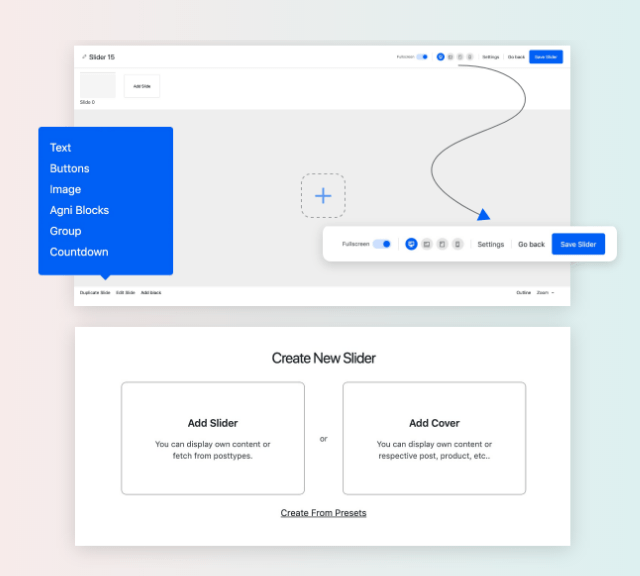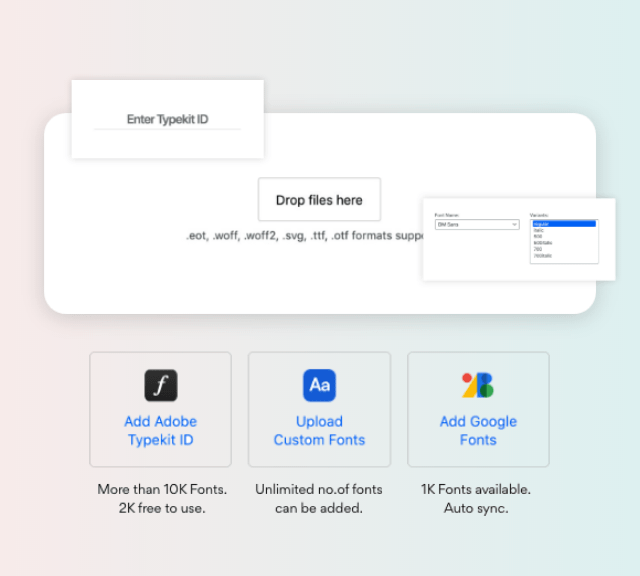Software development existence cycle models are frameworks that manual the development of software program tasks from start to complete. There are several software development existence cycle fashions, every with its personal set of benefits and drawbacks. In this answer, we will compare some of the maximum popular software development life cycle fashions, inclusive of the Waterfall version, the Agile version, and the Spiral version. Iterative and Incremental development is a combination of both iterative design or iterative method and incremental build model for development.
In the future, we can develop better quality software and can also provide computing services. However, the synergy between the two is bonded with technical and non-technical challenges. Agile methodologies are considered very competent in software development. Agile development techniques are very practical for accepting information and are necessary when the industry atmosphere changes.
How to steer an embedded software project: tactics for selecting the software process model
Prioritizing speed and agility, RAD helps boost productivity and accelerate product delivery. Keep in mind that rapid application development works better in a small team, facilitating speedy information transfer. Also, RAD relies heavily on modeling capabilities and demands experience with quick adaptation according to component evolution. Hence, a technically strong team is crucial to identify and deliver business requirements effectively. This stage of work ends once teams have packaged and built their code. The process of software development life cycle is a continuous one due to the changing technologies.

However, this model calls for a excessive degree of collaboration between group individuals, and it may be tough to control large projects. Iterative and Incremental development is at the heart of a cyclic software development process developed in response to the weaknesses of the waterfall model. Iterative process starts with a simple implementation of a subset of the software embedded iterative development model requirements and iteratively enhances the evolving versions until the full system is implemented. The basic idea behind this method is to develop a system through repeated cycles and in smaller portions at a time . Working iteratively allows for identifying issues and defects during the early stages. Thus, modifications to the project are easier to execute and less costly.
Software Tools development
You know we can’t change the release date (at least not until we’ve past it). Before you know it you’re talking about doing it right the next time, again. I can see the overtime coming to get that “last” bug out. In any case, executable models are models of computation and therefore https://globalcloudteam.com/ useless for the organizational and architectural aspects. Besides engineering aspects, they can only be introduced once responsibilities and functional architectures are explicitly set. Then, model contents and execution platforms must be subject to distinct quality management.
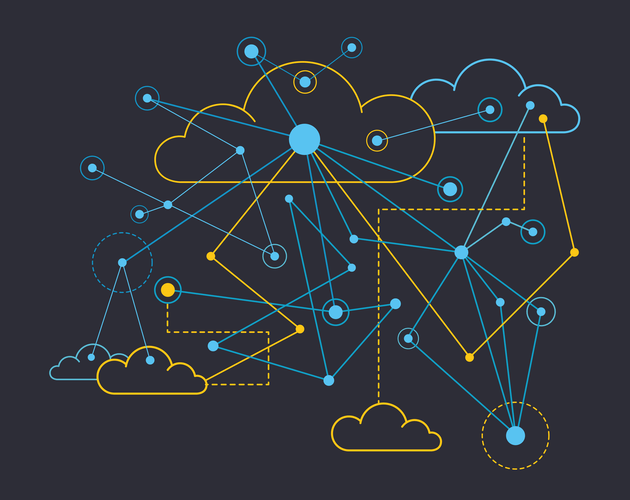
Prototyping Model – Disadvantages • Risk of insufficient requirement analysis owing to too much dependency on the prototype. • Users may get confused in the prototypes and actual systems. • Practically, this methodology may increase the complexity of the system as scope of the system may expand beyond original plans.
Iterative Processes
Each phase depends on the delivery and execution of the previous phase, where each phase contained a set of tasks. This model originated from the manufacturing and construction industries and was adopted for knowledge or project-based creative work. Software Development Life Cycle is a process of building software with the highest quality and lowest cost.
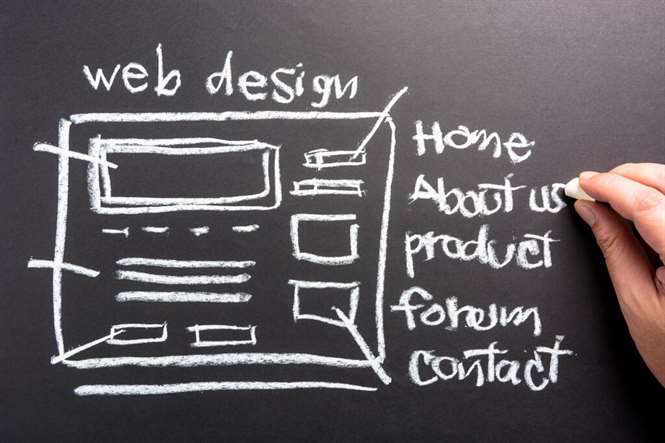
The existing prototype is evaluated in the same manner as was the previous prototype, and, if necessary, another prototype is developed from it according to the fourfold procedure outlined above. A blank page can be very intimidating, even for a Test-driven developer. Language based solutions, e.g executable UML, use pseudo language like OCL or state machines and enable full code-generation. Business organizations are the basis of corporate identities and valuation.
Methodology for iterative system modeling in agile product development
To tackle this issue, we have another methodology, which is known as the Winding model or spiral model . Wireless sensor network is primarily designed for real-time collection and analysis of data in hostile environments. Network security is the most vital component in information security, because it is responsible for securing all information passed through the networks.
Brilliant Earth Group, Inc. (NASDAQ:BRLT) Q1 2023 Earnings Call Transcript – Yahoo Finance
Brilliant Earth Group, Inc. (NASDAQ:BRLT) Q1 2023 Earnings Call Transcript.
Posted: Tue, 16 May 2023 21:12:30 GMT [source]
This waterfall model does a great job of illustrating a linear sequential flow of the software development process. In other words, any single phase of the whole development process starts only after the ending of the previous step. In this phase, developers and product architects draw the advanced technical specifications for the software requirements. Also, the stakeholder gets a chance to discuss the team composition, risk levels, technologies, budget, time, limitations of the project, architectural design, and the whole method.
Iterative and incremental development
If the software is being designed for a customer, then the customer will be able to see and evaluate their product in every phase. This allows them to voice dissatisfactions or make changes before the product is fully built, saving the development team time and money. In this article, we have discussed the software development models to understand the relationship between the development phase and the testing phase during development. The use of the development model is based on the project and its requirements, you need to choose what development model should fit for the project.
- Some examples of famous OS of personal computers are Windows Operating System from Microsoft, MAC Operating System from Apple MacBook, and Ubuntu, Linux-based.
- Who applies the software engineering principles for designing, developing, maintaining, testing, and evaluating computer software.
- This embedded software has a specialization for that particular software on which your device or machine runs.
- Agile product development addresses these challenges with its focus on the iterative development of functional system increments.
Spiral Model – Advantages • Changing requirements can be accommodated. • Development can be divided into smaller parts and the risky parts can be developed earlier which helps in better risk management. Finally, in the fourth quadrant, the test results of the newest version are evaluated. This analysis allows programmers to stop and understand what worked and didn’t work before progressing with a new build. At the end of this quadrant, planning for the next phase begins and the cycle repeats. At the end of the whole spiral, the software is finally deployed in its respective market.
SDLC – Iterative Model
Risk handling – The spiral model involves risk analysis and handling in every phase, improving security and the chances of avoiding attacks and breakages. The iterative development process also facilitates risk management. V model is a framework that is used to describe the software development lifecycle activities from requirement specifications to maintenance. In the V model, testing activities are integrated into each phase of the software development life cycle. The iterative process begins with implementing a portion of the software requirements and iteratively improves the developing versions until the whole system is completed.

